Refine search
Actions for selected content:
313 results in Books and Monographs
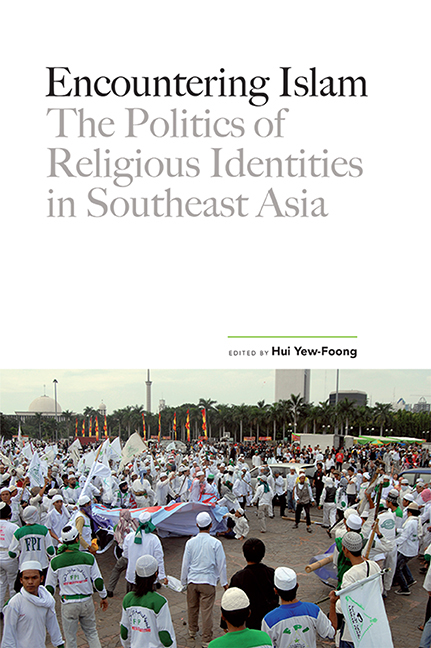
Encountering Islam
- The Politics of Religious Identities in Southeast Asia
-
- Published by:
- ISEAS–Yusof Ishak Institute
- Published online:
- 21 October 2015
- Print publication:
- 02 November 2012
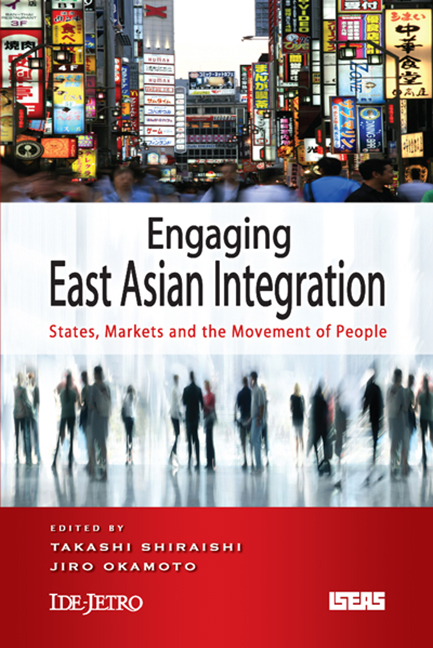
Engaging East Asian Integration
- States, Markets and the Movement of People
-
- Published by:
- ISEAS–Yusof Ishak Institute
- Published online:
- 21 October 2015
- Print publication:
- 28 September 2012

Regional Outlook
- Southeast Asia 1993-94
-
- Published by:
- ISEAS–Yusof Ishak Institute
- Published online:
- 21 October 2015
- Print publication:
- 01 January 1993
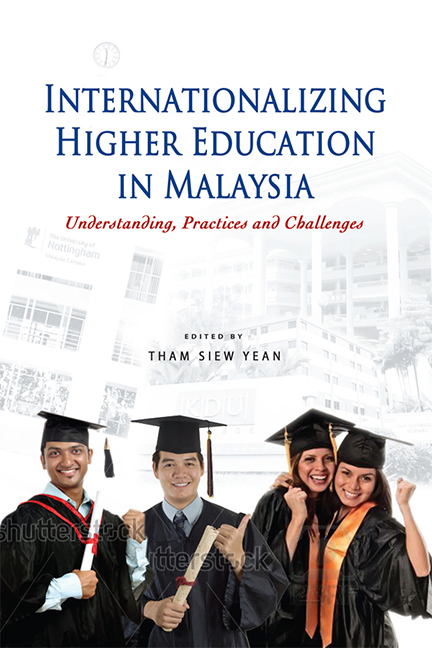
Internationalizing Higher Education in Malaysia
- Understanding, Practices and Challenges
-
- Published by:
- ISEAS–Yusof Ishak Institute
- Published online:
- 21 October 2015
- Print publication:
- 06 December 2012

Different Under God
- A Survey of Church-going Protestants in Singapore
-
- Published by:
- ISEAS–Yusof Ishak Institute
- Published online:
- 21 October 2015
- Print publication:
- 07 January 2013

A Gentleman's Word
- The Legacy of Subhas Chandra Bose in Southeast Asia
-
- Published by:
- ISEAS–Yusof Ishak Institute
- Published online:
- 21 October 2015
- Print publication:
- 29 February 2012

Indonesia in ASEAN
- Vision and Reality
-
- Published by:
- ISEAS–Yusof Ishak Institute
- Published online:
- 21 October 2015
- Print publication:
- 09 December 2013

Indonesian Syariah
- Defining a National School of Islamic Law
-
- Published by:
- ISEAS–Yusof Ishak Institute
- Published online:
- 21 October 2015
- Print publication:
- 10 April 2008

Governance, Politics and the Environment
- A Singapore Study
-
- Published by:
- ISEAS–Yusof Ishak Institute
- Published online:
- 21 October 2015
- Print publication:
- 09 July 2008

Political Reform in Indonesia after Soeharto
-
- Published by:
- ISEAS–Yusof Ishak Institute
- Published online:
- 21 October 2015
- Print publication:
- 06 April 2010

Energy Market and Policies in ASEAN
-
- Published by:
- ISEAS–Yusof Ishak Institute
- Published online:
- 21 October 2015
- Print publication:
- 01 January 1991
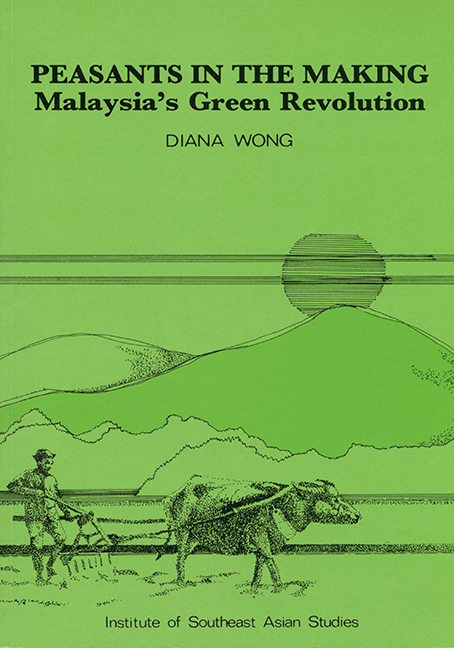
Peasants in the Making
- Malaysia's Green Revolution
-
- Published by:
- ISEAS–Yusof Ishak Institute
- Published online:
- 21 October 2015
- Print publication:
- 01 January 1987

Employment, Living Standards and Poverty in Contemporary Indonesia
-
- Published by:
- ISEAS–Yusof Ishak Institute
- Published online:
- 21 October 2015
- Print publication:
- 30 May 2011

Japanese Defence
- The Search for Political Power
-
- Published by:
- ISEAS–Yusof Ishak Institute
- Published online:
- 21 October 2015
- Print publication:
- 01 January 1990

Three Sides in Search of a Triangle
- Singapore-America-India Relations
-
- Published by:
- ISEAS–Yusof Ishak Institute
- Published online:
- 21 October 2015
- Print publication:
- 10 December 2008
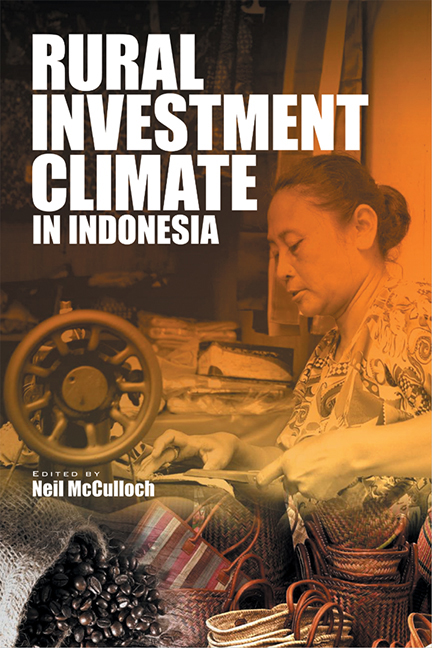
Rural Investment Climate in Indonesia
-
- Published by:
- ISEAS–Yusof Ishak Institute
- Published online:
- 21 October 2015
- Print publication:
- 27 February 2009
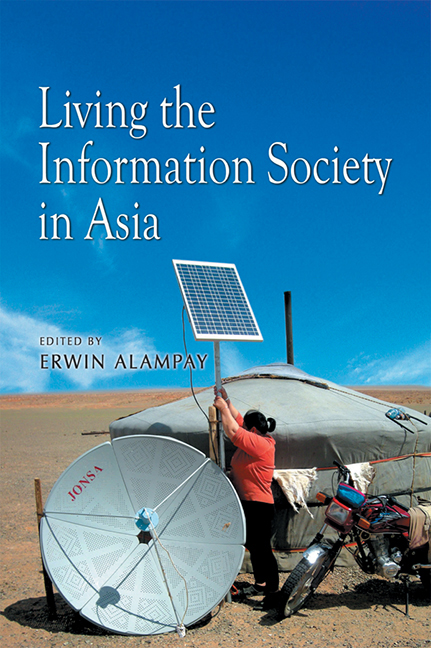
Living the Information Society in Asia
-
- Published by:
- ISEAS–Yusof Ishak Institute
- Published online:
- 21 October 2015
- Print publication:
- 14 April 2009

Indonesia beyond the Water's Edge
- Managing an Archipelagic State
-
- Published by:
- ISEAS–Yusof Ishak Institute
- Published online:
- 21 October 2015
- Print publication:
- 22 July 2009

Nowhere to Hide
- The Great Financial Crisis and Challenges for Asia
-
- Published by:
- ISEAS–Yusof Ishak Institute
- Published online:
- 21 October 2015
- Print publication:
- 12 March 2010
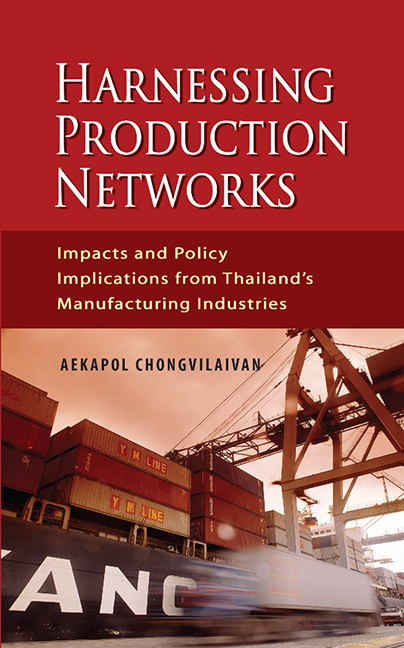
Harnessing Production Networks
- Impacts and Policy Implications from Thailand's Manufacturing Industries
-
- Published by:
- ISEAS–Yusof Ishak Institute
- Published online:
- 21 October 2015
- Print publication:
- 04 August 2011
